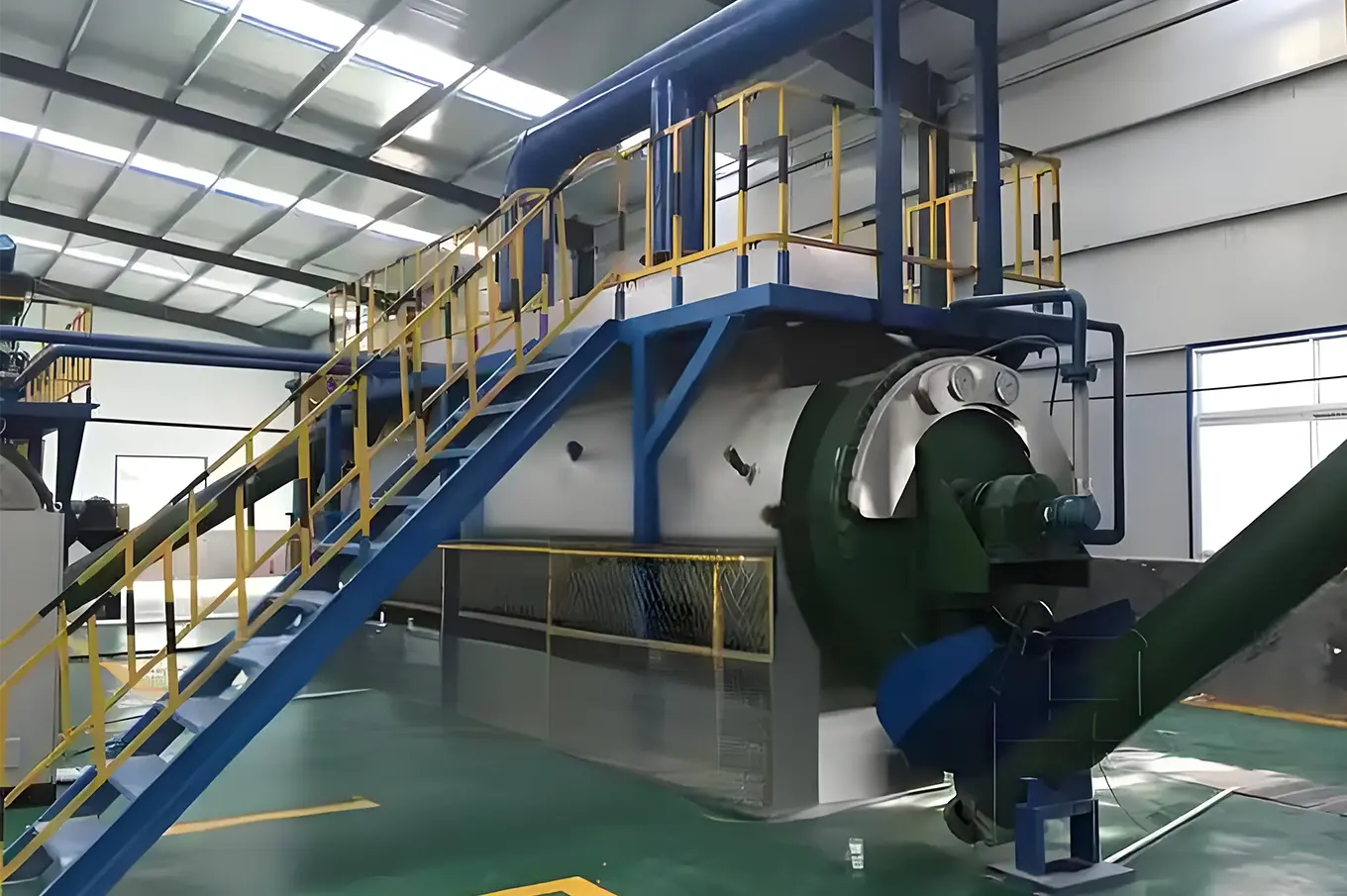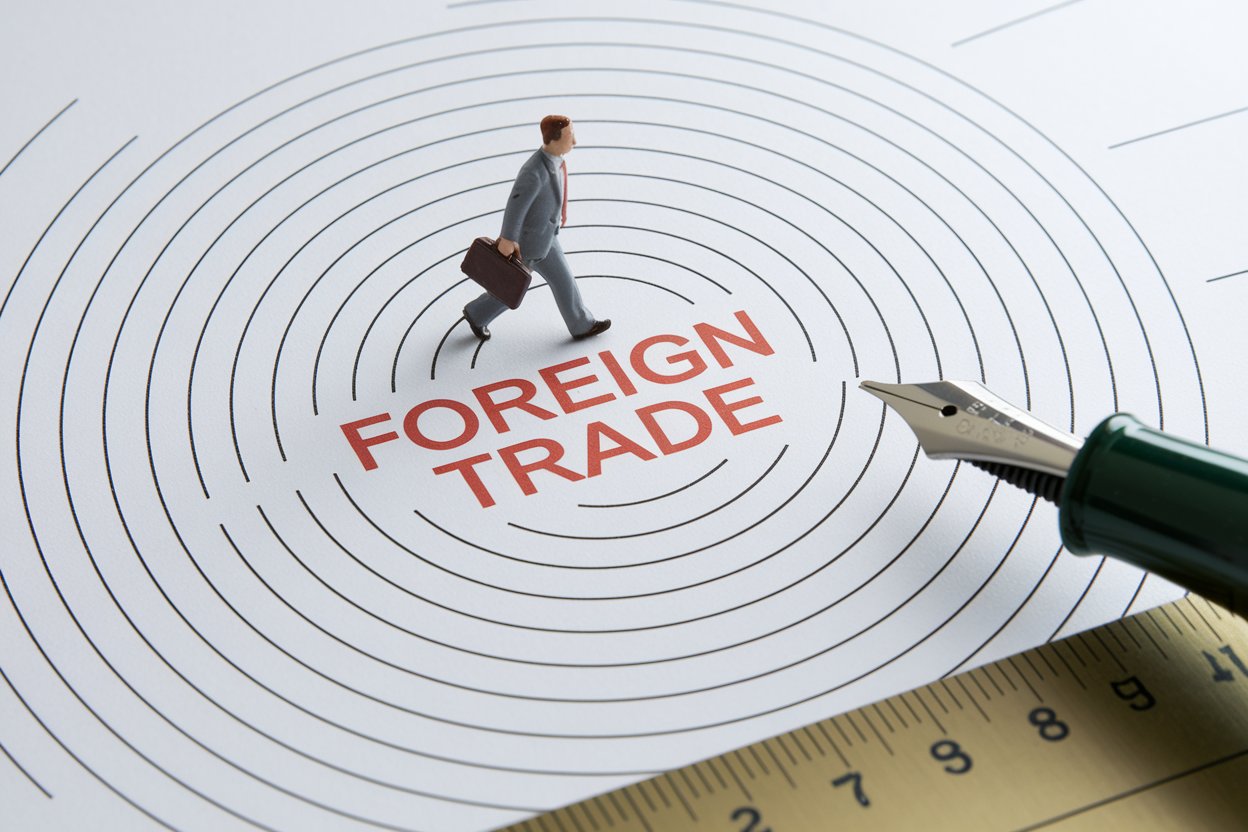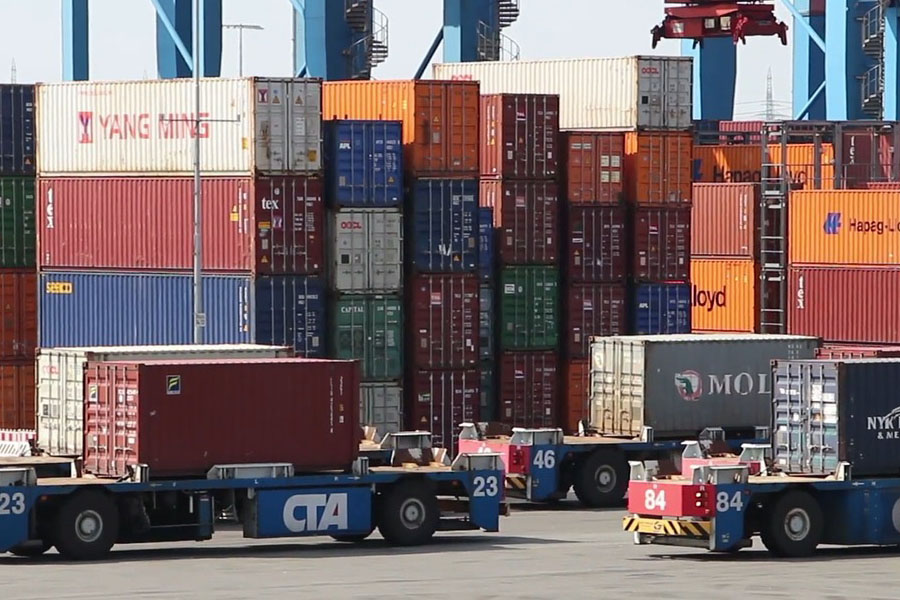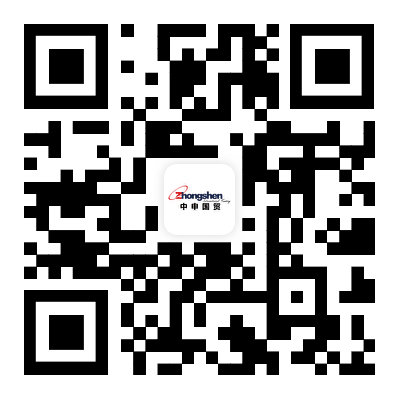- Shanghai Zhongshen International Trading Co., Ltd. – Your reliable partner with 20 years of import/export agency service expertise.
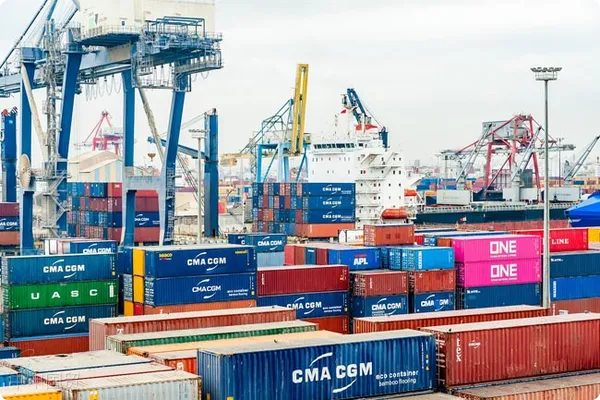
The three technical barriers to market access in Japan
In 2025, the latest amendment to the "Safety Standards for Mechanical Devices" by the Japanese Ministry of Economy, Trade and Industry requires that all imported equipment must completeThe three-stage certification for METI filingThe first stage requires providing ISO 9001 quality management system certification (2025 edition), the second stage requires that the equipment comply with JIS B 9700-1:2025 safety standards, and the third stage requires submitting an electromagnetic compatibility test report issued by a designated laboratory in Japan.
The key time nodes in the customs clearance process
According to the latest operational manual of Yokohama Customs in 2025, special attention should be paid to the customs clearance of machinery and equipment:
- 72 hours in advanceComplete the pre-declaration of the electronic customs declaration form (EDI)
- The HS code must be accurate to 10 digits, especially:
- 8428.39.0100 – Crane-type equipment
- 8479.89.1000 - Industrial robots
- Origin CertificateThe translation should include the following content: 1. The name of the organization or company. 2. The name of the person in charge of the project. 3. The name of the project. 4. The name of the document. 5. The date of the document. 6. The signature of the person in charge of the project. 7. The stamp of the organization or company. The translation should be accurate and comply with the official document format.Chinese-Japanese bilingual stamp
Comparison of the economic efficiency of transportation solutions
We analyzed the data of Japanese routes in the fourth quarter of 2024 and found that:
- The cost of full container (FCL) transportation is 23% lower than that of LCL, but it requires a minimum shipment volume of 15 cubic meters
- Choosing a roll-on/roll-off ship for special-sized equipment can save 35% on lashing costs.
- The demurrage fee for containers at Tokyo/Osaka ports has risen to USD85 per day (the new rate for 2025).
Key Points of Building an After - sales Service System
Successful cases show that establishing a localized service system can increase the customer's repeat order rate by 40%.
- It is necessary to establish bonded warehouses in major industrial zones (Nagoya, Kitakyushu)
- The technical documents must includeJIS Z 8301 formatThe maintenance manual for the equipment
- It is recommended to set up a professional after-sales team with a Japanese proficiency level of at least Level 3
Empirical Analysis of Tariff Optimization Strategies
Tax-saving methods validated by actual cases in 2024:
- By taking advantage of the China-Japan EPA agreement, declaring the core components separately can save 7.8% in tariffs
- Agent service provider?Equipment importIf you choose Kobe Port, you can apply for a special depreciation subsidy
- Environmental protection equipment can enjoy a 3% consumption tax deduction upon passing the JET certification
? 2025. All Rights Reserved.
